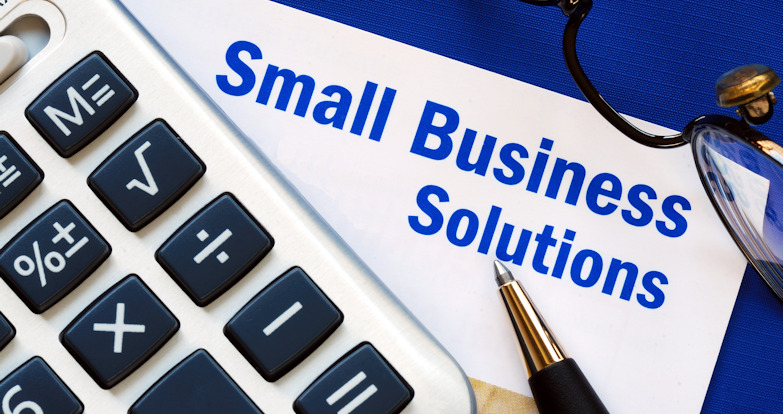Q: Should I open a line of credit, and how much should I have available?
A: If a business experiences significant revenue swings, a credit line might be just the right tool to help manage short-term cash and working capital needs.
Manufacturers of seasonal equipment are among the types of businesses that could make good use of a line of credit. Take a factory that builds lawn mowers: It manufactures through the fall and winter, and delivers most of its inventory to retailers in the spring for sales through the summer. The company is spending money to build mowers in October that it might not get paid for until June.
But lags in payment don’t happen only to seasonal businesses. One company I worked with provided services to pharmaceutical manufacturing facilities. Many jobs were priced in the mid-six figures, but the company’s ability to grow was hampered because it didn’t have the cash to invest in startup costs for the next job while waiting for current customers to pay. A $2 million line of credit enabled the company to take on new customers and grow the business.
So how do you get a credit line? These days, banks will rarely extend one unless a business is more than 3 years old, has been profitable for a year or two and shows a positive net worth.
Beyond those basics, you’ll get approved more readily and with better terms if you give the banks precisely what they need to make a decision: tax returns and audited (if possible) financial statements (P&L, balance sheets and cash flow) for the year to date and the previous three years; monthly statements for the previous 12 months; a business plan explaining what you do, how you do it and why your company would be a good risk; a detailed projection showing how you will generate the funds to pay down the line; and a backup plan (collateral) to repay the bank if the projections don’t pan out.
How big should your credit line be? As always, this depends on the individual business, but a good rule of thumb is that you shouldn’t take out more than you can pay down to zero at least once during the next 12 months.
The most important advice I give to my clients is to apply for a line of credit when they don’t need it. If you do that, you’re in a position of power and can get banks to compete for your business by reducing application fees, draw fees and unused line fees, as well as the interest rate. If you wait until you’re out of cash, you may not qualify at all, or the terms and costs will be onerous.
Personal guarantee
Only large businesses with strong balance sheets and long-term positive cash flow may qualify for an unsecured line of credit. But even then, banks set the bar high. I was CFO of a successful software company that had to show average returns of more than 25 percent of revenue to the bottom line after taxes, growth of more than 50 percent per year for five years and an excess of $20 million in annual revenue before the bank would release the owner’s personal guarantees.
Accordingly, if you want that credit line, be prepared to share your personal financial statements and tax returns and secure the loan with your house or other assets.




